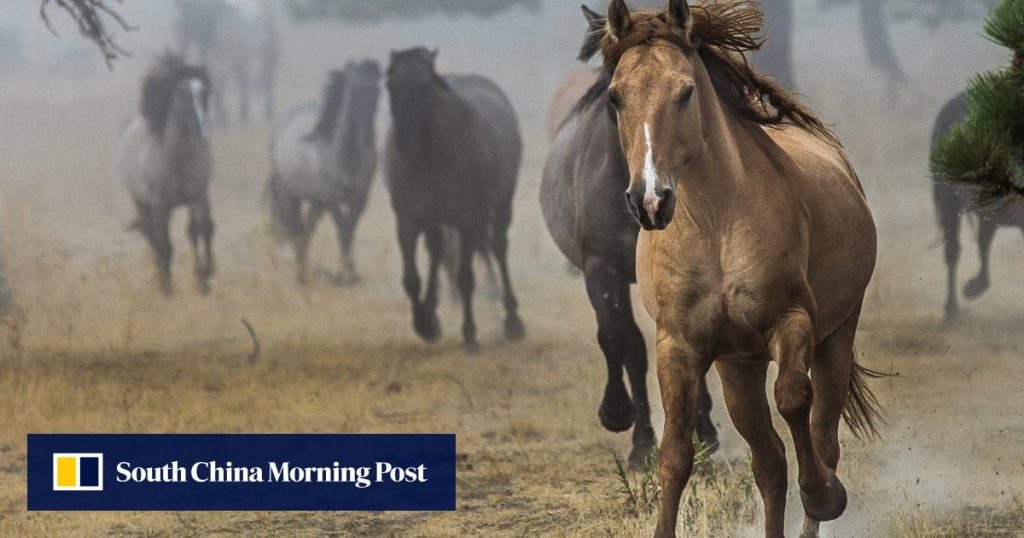Ancient horses repeatedly migrated between North America and Eurasia, reaching today’s Russian Far East near China, during the late Pleistocene when sea levels dropped and a land bridge connected the two continents, a new study found.
Among the studied fossils are Dalianensis horses, named after the northeastern Chinese city of Dalian, near where they were unearthed. They are shown to have a mixed ancestry from both Eurasian and American populations.
Dalianensis lived 17,000 years ago and were slightly bigger than existing wild horses.
In the latest study, the scientists found that horses undertook multiple migrations across the Bering land bridge between 50,000 and 13,000 years ago, with genetic exchanges between North America and Eurasia in both directions.
Researchers in Britain, Canada, France, Russia and the United States published their findings in the peer-reviewed journal Science on Friday.
“We find that Late Pleistocene horses from Alaska and northern Yukon are related to populations from Eurasia and crossed the Bering land bridge multiple times during the last glacial interval,” the team wrote.


